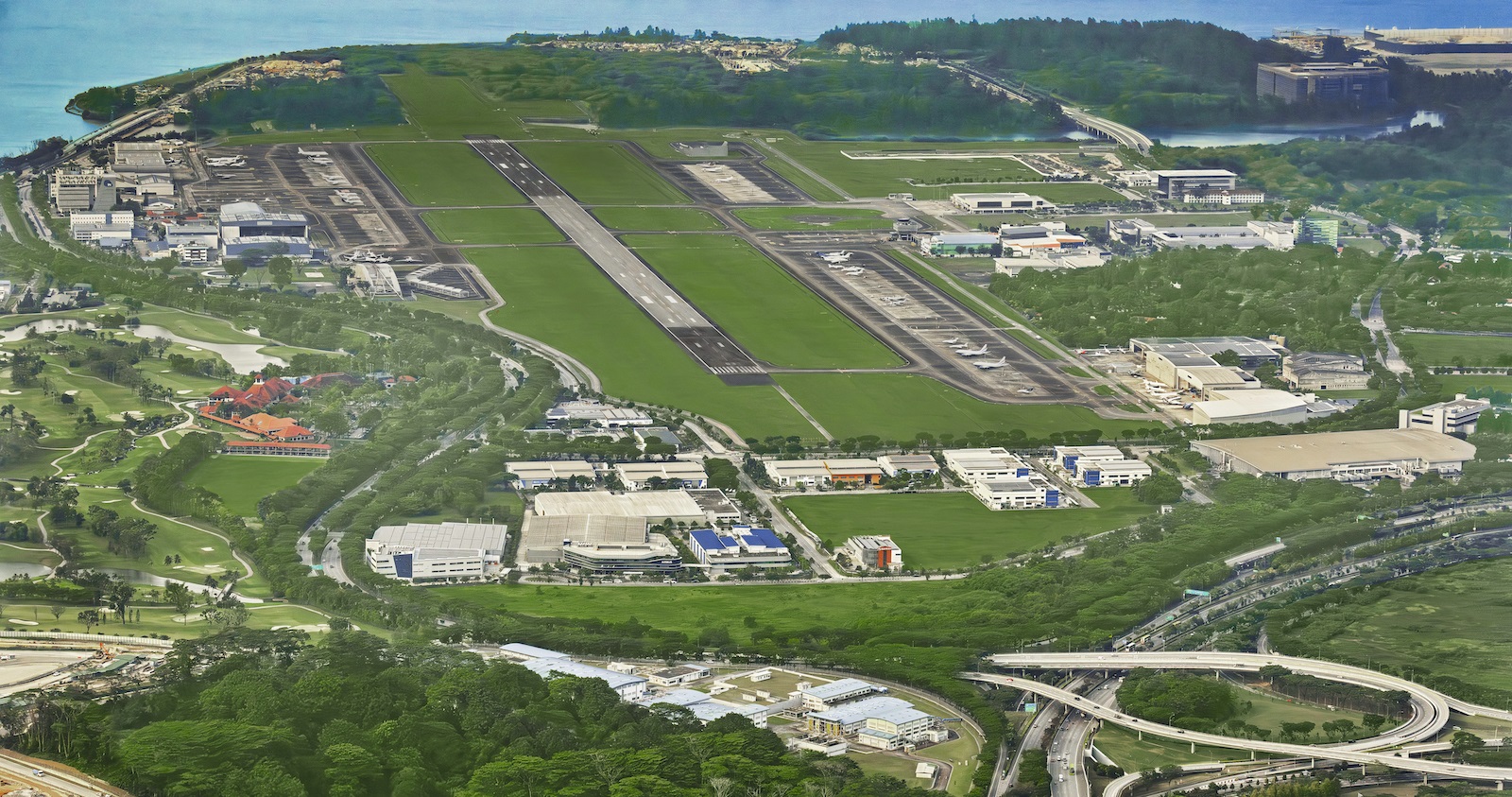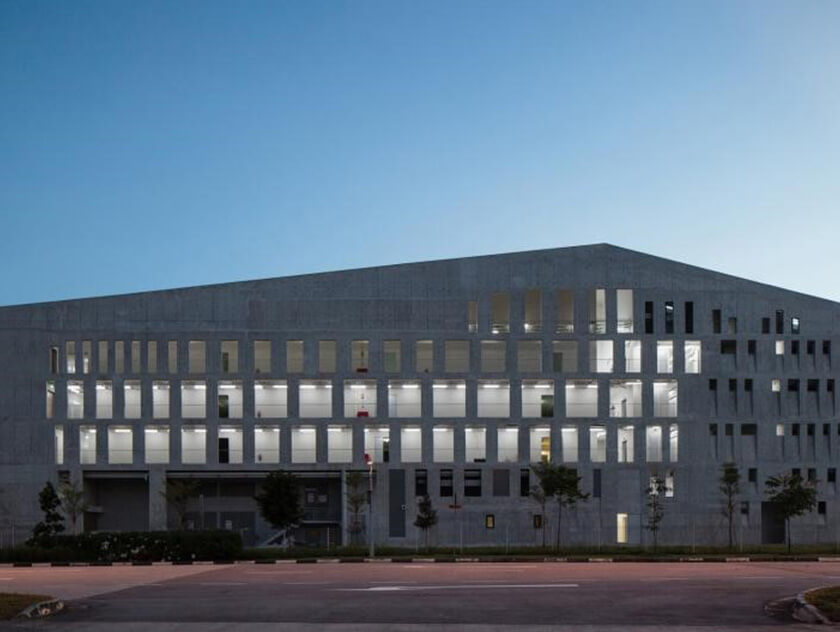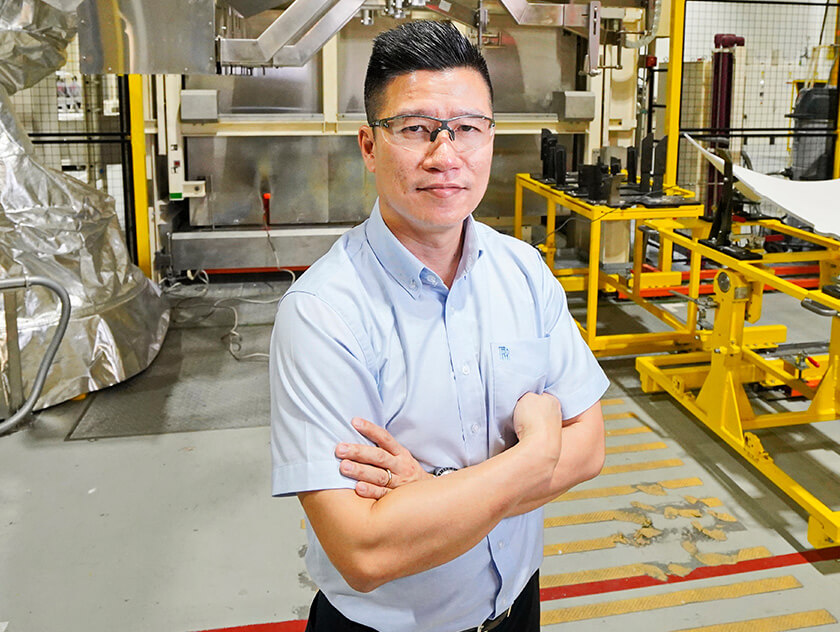In the decade that it set up its manufacturing, testing, training and research facilities at Seletar Aerospace Park, Rolls-Royce has fine-tuned its operations thanks to multi-agency partnerships. Now, the power player in aerospace engines and propulsion is belting up for its quest to reach net zero carbon emissions. Its president of Southeast Asia, Pacific and South Korea, Dr Bicky Bhangu, explains where JTC comes in.
Singapore is a hotbed for many industries, drawing multinational companies from sectors spanning biotechnology to pharmaceuticals, petroleum and petrochemicals to engineering and semiconductors. As they look to adopt sustainable initiatives, one stands out for the enormity of the task ahead. Accounting for 2% of greenhouse gas emissions, aviation is one of the hardest industries to decarbonise. Yet, it cannot renege on its responsibility, according to Dr Bicky Bhangu.
“We have a collective duty across the supply chain all the way through to airlines and customers to ensure that there is a pathway to net zero,” he says. Rolls-Royce has a three-tier approach to address the energy transition. The first is engine efficiency. “We have invested and will continue to invest in research and development to advance materials capabilities in engine formulation,” shares Dr Bhangu. Already, the company has seen disruptive shifts in engine efficiency and performance. “The next generation of our Trent engine, the UltraFan, will deliver a 10% efficiency improvement in fuel consumption than the Trent XWB, which powers the Airbus A350. The XWB meanwhile is already 15% more efficient than the first generation of Trent engines that came to service in the 1990s.”
The second part is electrification. There is a huge advanced air mobility (AAM) market that can be positioned in the US, Europe, Japan, Korea and Singapore. In the near-term, Rolls-Royce is also focusing on the power and propulsion aspect of electrical vertical take-off and landing (eVTOL) vehicles—an air taxi, for example. But the game changer will be regional jets that run on a hybrid system that pairs the best in gas turbine technology with the efficiency you get from electrification. “You significantly reduce CO2 emissions while getting the payload and nautical miles for longer distance flights. The technology is complex because you’re combining several types of science—aerodynamics, mechanical engineering and fluid dynamics—together with the electrical systems. We are developing that technology now,” reveals Dr Bhangu.
The third is focused more on short-term, where Rolls-Royce is modifying its products to be compatible with sustainable aviation fuel (SAF). SAF is derived from renewable waste and residue raw materials. Used in its purest form, it can reduce CO2 emissions by 80%, making it the biggest contributor to net zero. Currently, it is blended with Grade A kerosene fuel but producing it is expensive and there is not enough of it. “The aerospace industry needs to invest more in SAF if it’s serious about achieving net zero,” opines Dr Bhangu. “In the meantime, we are future-proofing our products.”

At the industrial estate level, the company’s emphasis is on transitioning towards green energy adoption. This is especially critical since the manufacturing of aviation parts is an energy intensive business. “Our fan blade manufacturing facility is energy intensive. We melt titanium in blast furnaces that reach up to 1,100°C. That’s a huge amount of energy usage. Then, the product goes through 78 different processes before completion,” shares Dr Bhangu.
Rolls-Royce has installed solar panels at its Seletar Campus, which give the site operations 8% of its electricity. But solar panels alone won’t be enough to get the energy intensive facility to net zero. Dr Bhangu reveals that it takes a collaborative professional company to make things work. “It’s great to see the Civil Aviation Authority of Singapore, Singapore Airlines and Temasek all coming together to encourage ramp up of SAF. Our engine test cell infrastructure is ready, so when we test our engines, we can use pure SAF as well as a blended fuel. Having these initiatives supported by JTC, having an aligned vision in transitioning to net zero is critical.”
It is not just the facility that has to be net zero, but the surroundings as well. This is a push factor for the company as it makes a holistic shift within the Seletar Aerospace Park community. “Yes, we can do our own activities, as can an aerospace company or a clean fuel producer. But to do it collectively, to co-share, that’s where JTC can be more of a custodian in managing the whole energy in, energy out system and forge a path to the park’s green energy future,” enthuses Dr Bhangu. “What will the energy mix of the park look like? Where are we sourcing our energy from, and is it green in the first place? How can we monitor carbon dioxide emissions? These things matter because as an organisation, we need to show our green credentials to our customers and suppliers as well. Across the industry, the technologies that we invest and deploy will generally make it quicker to implementation when there is a positive return on investment. And on occasions where ROI is challenging, co-investment and co-creation among partners can help to reduce the pressures.”
Having an integrated approach to sustainability within Seletar Aerospace Park signals that it is moving in the net zero direction. Dr Bhangu is excited to see SAP’s development into an Advanced Air Mobility (AAM) hub in the future, with companies such as Skyports (which builds eVTOL terminals) setting up within the park. “Progress in connectivity is not limited to communications, Wi-Fi and the Internet, but in closing physical distances as well, as we move from electric land-based transportation to electric air mobility. It’s the future of urban commuting,” opines Dr Bhangu. “When people jokingly ask if I get to work in a Rolls-Royce car, I say ‘No…we are not in the automotive but aerospace engines business. But one day, I want to say, No...but I fly to work in a Rolls-Royce powered eVTOL.’”
Rolls-Royce’s comprehensive strategies towards the energy transition offers interesting insights for all. It is not just about how an organisation runs its operations—but where. Being in an environment that shares a similar commitment toward sustainability, and one that sparks innovation through collaboration, is just as critical for companies navigating their way towards a greener future.
This story appears in 'Dream Factories', a publication by JTC that presents the transformation journey of our industrial estates. To read the rest of the publication, click here.


